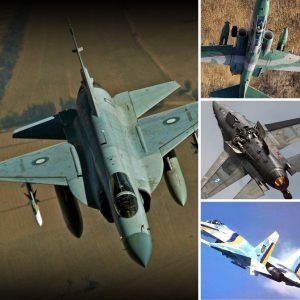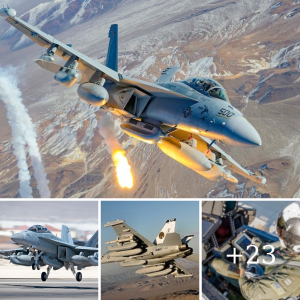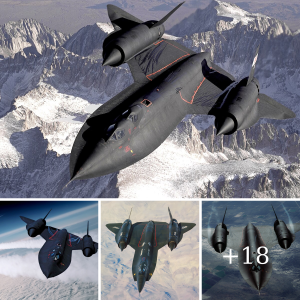In the annals of aviation history, the F8F Bearcat stands out as a formidable symbol of American engineering and aerial prowess. Developed by Grumman, this World War II-era fighter jet is renowned for its exceptional performance and sleek design. Although it arrived late in the war, the Bearcat’s legacy endures as one of the fastest piston-engine fighters ever built, capturing the imagination of aviation enthusiasts and historians alike.

The Birth of a Legend
The F8F Bearcat was conceived in the midst of World War II, as the need for more advanced fighter aircraft became apparent. Grumman, known for its rugged and reliable aircraft, set out to design a fighter that would outpace and outmaneuver its contemporaries. The Bearcat made its first flight in 1944, and by the time it entered service in 1945, it was clear that it represented a significant leap in fighter technology.
Design Excellence: Speed and Agility
The F8F Bearcat’s design was a masterpiece of engineering, focusing on speed and agility. With its distinctive, compact fuselage and powerful Pratt & Whitney R-2800 Double Wasp engine, the Bearcat boasted a top speed of around 420 mph (675 km/h), making it one of the fastest piston-engine fighters ever built. The aircraft’s sturdy, all-metal construction and advanced aerodynamics contributed to its impressive performance, allowing it to excel in both air combat and carrier operations.
The Bearcat’s design also featured a large, square tailplane and an enhanced wing structure that provided exceptional stability and maneuverability. These features allowed pilots to execute tight turns and high-speed maneuvers with ease, giving the F8F a significant edge in dogfights.

Combat and Legacy: A Brief but Impactful Career
Despite its advanced design, the F8F Bearcat’s combat career was relatively brief. The aircraft entered service near the end of World War II and saw limited action in the Pacific Theater. Its primary role was to serve as a carrier-based fighter for the U.S. Navy and Marine Corps. After the war, the Bearcat was quickly overshadowed by the advent of jet fighters, leading to its retirement from front-line service.
However, the Bearcat’s legacy was far from over. The aircraft found a new lease on life in the world of air racing and civilian aviation. Many Bearcats were converted for use in racing events, where their speed and agility continued to shine. The Bearcat’s robust design and powerful engine made it a popular choice for racers and enthusiasts, ensuring that its storied legacy would live on.

The Bearcat Today: A Respected Classic
Today, the F8F Bearcat is celebrated as a classic aircraft, admired for its engineering excellence and historical significance. Several examples of the Bearcat are preserved in museums and private collections, where they are cherished by aviation aficionados and historians. The aircraft’s sleek lines and powerful performance continue to capture the imagination of those who appreciate the golden age of piston-engine fighters.
In airshows and vintage racing events, the F8F Bearcat remains a crowd favorite, showcasing its impressive speed and agility to enthusiastic audiences. Its storied history and iconic design have solidified the Bearcat’s place as one of the greats in the annals of aviation history.

Conclusion
The F8F Bearcat may have been a latecomer to World War II, but it quickly established itself as a remarkable fighter aircraft. With its cutting-edge design, unparalleled speed, and enduring legacy, the Bearcat represents a pinnacle of piston-engine fighter technology. As a testament to American engineering and aviation innovation, the F8F Bearcat continues to inspire and captivate, ensuring its place in the hearts of aviation enthusiasts for generations to come.





